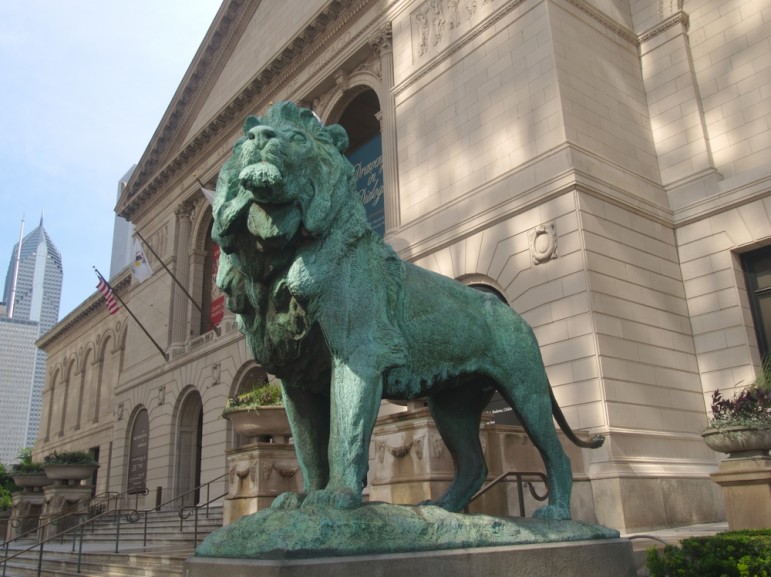
December 9, 2015; Chicago Tribune
Last April, the Art Institute of Chicago received the largest gift of art in its history—44 pieces from the private collection of Chicago philanthropists Stefan Edlis and Gael Neeson. The collection, which is valued at $400 million, will open in an exhibit at the museum called The New Contemporary on December 13th and includes Warhol’s Liz #3, Jasper Johns’ Target, and Cy Twombly’s Untitled (Bolsena). (An interesting analysis of ten key pieces and descriptions by the museum’s curator James Rondeau can be found here.)
Edlis, 90, moved to the United States from Austria when he was a teenager, right before the Nazis closed off escape routes from Europe. He made his fortune through Apollo Plastics, which he founded with a partner in 1965 after years of working odd jobs, training as a toolmaker and serving in the Navy. He began his interest in art by taking a drawing class in the 1960s, in part “to see naked girls,” and his first acquisition was a plastic sculpture by Frank Gallo.
Sign up for our free newsletters
Subscribe to NPQ's newsletters to have our top stories delivered directly to your inbox.
By signing up, you agree to our privacy policy and terms of use, and to receive messages from NPQ and our partners.
While Edlis has only an eighth-grade formal education, his passion for and knowledge of the work is vast. As artist Eric Fischl says in the collection’s catalog, Edlis “has the personality of an artist—intuitive, temperamental, willful, driven, and until he takes you there, you have no idea where he is going.”
One thing Edlis and his wife did not want was for the work to be stored in a warehouse after being exhibited for a brief period. What was particularly attractive about the offer from the Art Institute was the museum’s promise to display the collection together for the next 25 years and then keep them on exhibit in its galleries for 25 years after that. As Edlis put it, “That’s how they caught me here…to have it out on view is essential.”
Commenting on the collection after the deal was reached, Robert Levy, chairman of the Art Institute’s board, said, “It’s a powerful statement to have a collection of this international stature staying here in Chicago. It’s unbelievably exciting for the Art Institute, for the City of Chicago, for the entire art community of Chicago. It’s all good.”—Patricia Schaefer













